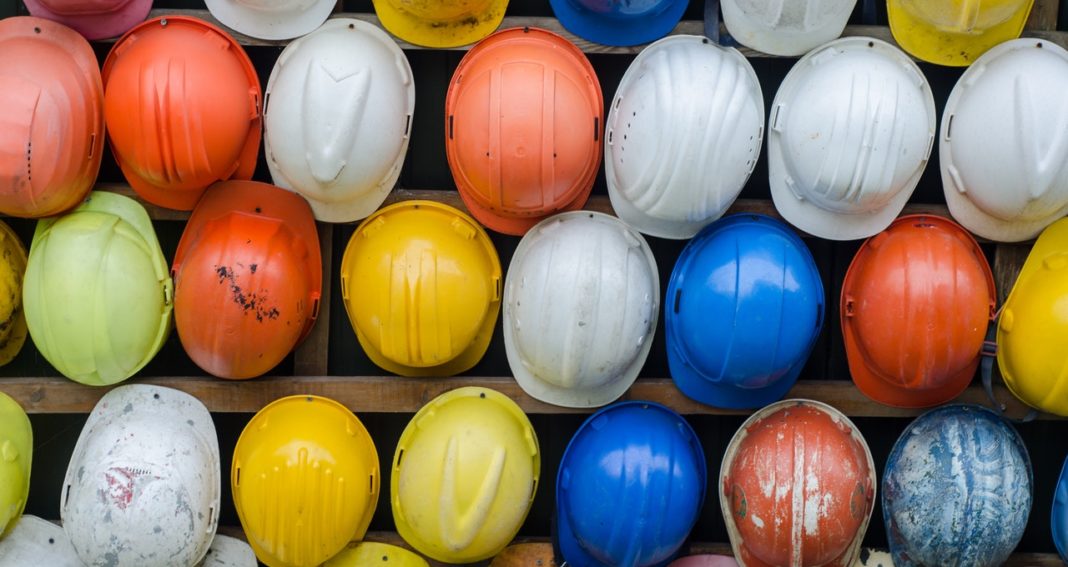How much does leadership affect the safety of the workplace? For supervisors how important is modeling workplace safety? New research (available here to the first 50 people) by Stacey Kessler, Lorenzo Lucianetti, Shani Pindek and Paul Spector just might have the answers.
Safety in the Workplace
Each year in the U.S. alone there are about 5,000 workplace fatalities and more than a million workplace injuries/illnesses serious enough that the person missed work. In the time it takes to read this blog, a number of employees will be injured or worse on the job. Clearly workplace safety is vitally important, but too many organizations and too many supervisors are complacent.
The Role of Supervisors
Organizations where employees are at risk of injury typically have safety rules to follow, some of which are provided by government. For example, the U.S. has the Occupational Health and Safety Administration (OSHA) and the European Union has the European Commission . But rules are not of much use if employees fail to follow them. That is where supervisors come in. They must provide safety leadership for their employees, which means doing what they can to motivate employees to be safe. Supervisors are on the front lines in:
- Educating employees.
- Monitoring unsafe behavior.
- Correcting unsafe behavior.
Modeling Workplace Safety
Educating, monitoring, and correcting are important, but they are not enough. Supervisors must motivate employees by “walking the talk”, that is, following the rules themselves. It is hard for employees to take safety rules seriously if their supervisors do not follow them. Such supervisors send the message that safety is not really important, and that the rules are made to be broken.
The Kessler study was conducted in 164 Italian workplaces to compare the safety behavior of supervisors to those of their employees. The study showed that supervisors who followed safety rules themselves had employees who also followed the rules, and their workplaces had fewer accidents. Thus direct supervisors can be the first line of defense against accidents and injuries. Safety leadership goes hand in hand with company rules and government regulation.
Providing Safety Leadership
Managers at all levels of organizations have a role to play in workplace safety. Managers at top levels set policies and devote resources to safety. But it is the direct supervisors who have daily contact with employees and can have the most impact. Safety leadership means following these steps.
- Take safety seriously. The attitudes of supervisors can color how subordinates view safety. A supervisor who does not care about safety can unintentionally send a message that employees can, or in some cases should, ignore safety rules and practices.
- Talk about safety with subordinates. Safety should be a common topic of discussion so that subordinates are educated about safe practices and are encouraged to follow them.
- Do not complain when safety slows production. Sometimes being safe means working a little slower. This might happen because it takes time to get safety gear. For example, in hospitals where patient lifting results in back injuries for nurses, lift devices are available, but it can take time to get them to the patient and to use them.
- Be observant. Pay attention to the behavior of subordinates, particularly when they are performing potentially dangerous tasks.
- Correct employees who do unsafe things. The supervisor’s role is to supervise, which means taking corrective actions when needed. The principle of progressive discipline is applicable where the disciplinary actions begin with a reminder and become increasingly harsh with repeated offenses.
- Modeling workplace safety. This is key. Supervisors must follow rules for safe behavior themselves. Their behavior sends a strong message that safety is important and employees are expected to keep themselves safe.
Human life is precious, so all organizations and supervisors should do whatever they can to assure that their employees are safe at work. Modeling workplace safety is a vital component.
Photo by Skitterphoto from Pexels
SUBSCRIBE TO MY BLOG: Enter your e-mail and click the subscribe button.
